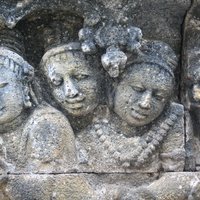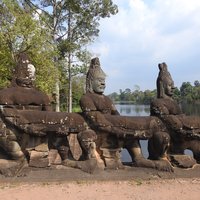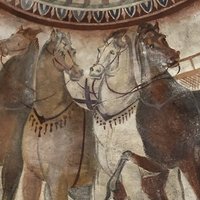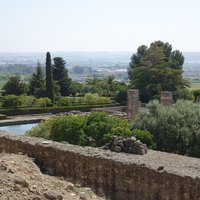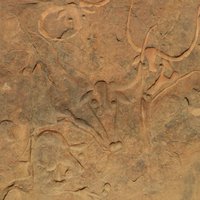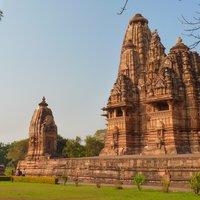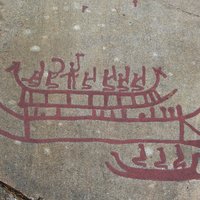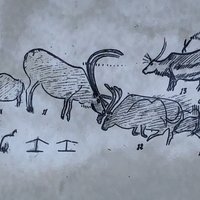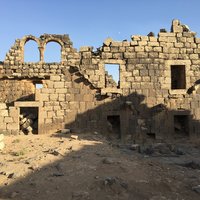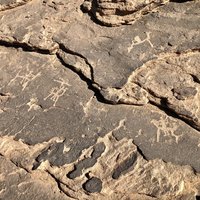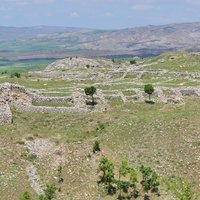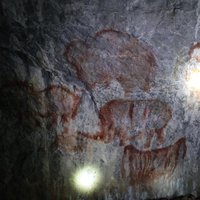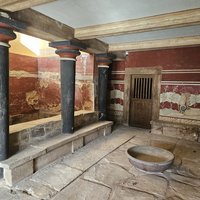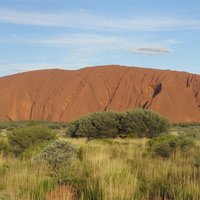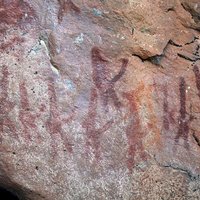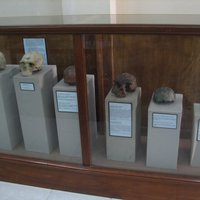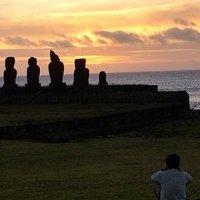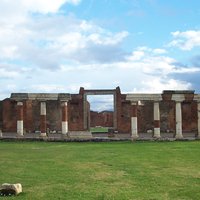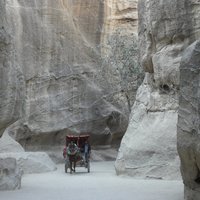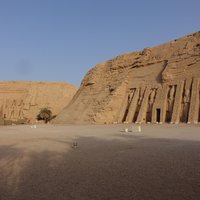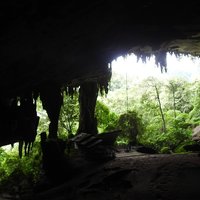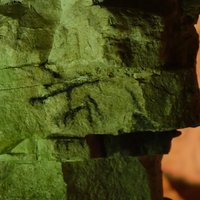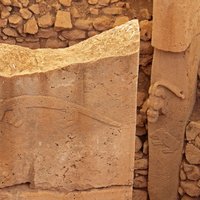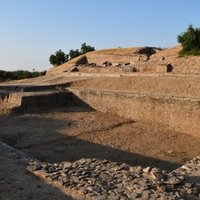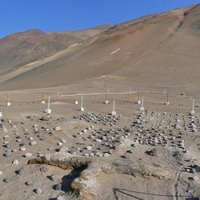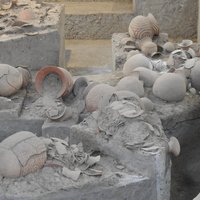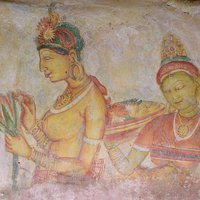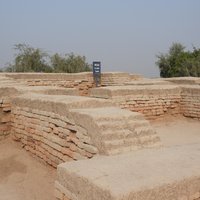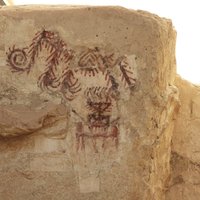Connected Sites
-
H.C. Cornelius (Dutch) on a mission sponsored by Sir Thomas Raffles in 1814
-
Henry Mouhot (French) is credited with 'discovering' it in 1860 although many other Westerners had visited the site before him. He certainly popularised it in the West.
-
"Discovered by accident on 19 April 1944 under a mound of soldiers digging trenches"
See 100obekta.com
-
"With time the entire city was buried, not to be unearthed until 1911." Wiki
-
It is the rock art (engravings and paintings) that have made Tassili world famous as from 1933, the date of its discovery. (Unesco) Tassili was already well known by the early 20th century, but Western eyes were fully introduced due to a series of sketches made by French legionnaires, specifically Lieutenant Brenans during the 1930s. He brought with him French archaeologist Henri Lhote, who would later return during 1956 - 1957, 1959, 1962, and 1970. (Wikipedia)
-
"The temple complex was forgotten and overgrown by the jungle until 1838 when Captain T.S. Burt, a British engineer, visited the complex and reported his findings in the Journal of the Asiatic Society of Bengal." (Wikipedia)
-
"The first mention of a rock carving from the Tanum World Heritage area is in 1751 when Colonel Klinkowström wrote: "In Tanum parish, not far from the sea, I have also seen a rock surface with a carved man holding a spear. The story goes that a Scottish leader was killed during ancient warfare and the position in which he was found was carved into the rock." This refers to the so-called Spear God on the Litsleby panel." (Link)
-
Hiram J Bingham (American) 1911
-
Charles Maclaren (Scottish) 1822 established the area, Frank Calvert (English) 1850's-60's did early excavations , Charles Schliemann 1870's provided "proof"
-
Lascaux - Marcel Ravidat ; September 12, 1940
-
The first recorded visit to the site was by William John Bankes (1786–1855) in 1818 who conducted a brief description of Umm el-Jimal. (wiki)
See en.wikipedia.org
-
The area was explored by the Philby-Ryckmans-Lippen expedition of 1951 and published by E. Anati (1969–72). Its rich heritage of rock petroglyphs caught the attention of Saudi Arabia's Department of Antiquities only after 1976 when Jubba and other sites were investigated.
See en.wikipedia.org
-
"As early as the 15th century, the Saloum shell mounds were mentioned by the first Portuguese explorers, such as Dinis Diaz. In the early 16th century, Valentim Fernandes described in his Description of the African West Coast, how the molluscs were processed by the inhabitants and sold commercially in locally made earthenware pots" "The shell mounds were long considered natural accumulations. It was only in the 1930s that their manmade origin was fully proven, and their funerary role brought to light. The first archaeological excavations in the Saloum Delta were carried out in Dioron-Boundaw and Dioron-Boumak in 1939." (AB ev)
-
-
Alexander Ryumin (1959)
-
"The ruins at Knossos were discovered in either 1877 or 1878 by Minos Kalokairinos, a Cretan merchant and antiquarian" (wiki)
-
-
"The rock art was first sketched and brought to Western attention in 1907 by Siegfried Passarge, a German geologist." Nom file
-
"The significance of Sangiran first came to the notice of scholars in 1934 when chalcedony flakes were found in the village of Ngebung. There followed an intensive research campaign between 1936 and 1941 by G H R von Konigswald which led to the discovery of the first hominid fossil." (AB Ev) – "1934: The anthropologist Gustav Heinrich Ralph von Koenigswald started to examine the area. During excavations in the next years fossils of some of the first known human ancestors, Pithecanthropus erectus ("Java Man", now reclassified as part of the species Homo erectus), were found here." (wiki)
-
Jacob Roggeveen (Dutch) on Easter Sunday 1722
-
1738, Rocque Joaquin de Alcubierre
-
"K. Grevingk, a geologist from Saint Petersburg, and P. Shved, a teacher from Petrozavodsk, discovered rock engravings ("Olonec carvings") on the eastern shore of the Lake Onega in 1848." (Nomination file, p. 39)
-
Johann Ludwig Burkhardt (Swiss) 1812
-
Abu Simbel: Belzoni, 1817
-
"The cave was first described to Westerners in 1864 by Alfred Russel Wallace" (brittanica.com)
-
excavated in 1881 by Charles Sester, a German engineer assessing transport routes for the Ottomans (wiki)
See www.nemrut.org.tr
-
The early discovery of Krzemionki Opatowskie in 1922 enabled rapid identification of the nature of the site" (AB Ev) – "On 19 July 1922 Jan Samsonowicz, a geologist and palaeontologist (Polish Geological Institute) who was also working with Stefan Krukowski, discovered the Krzemionki Opatowskie Mining Field and recognised it as belonging to the Neolithic period." (Nomination file, p. 157)
-
"Koh Ker was rediscovered in 1873 by French researcher Louis Delaporte." (AB Ev) – "Knowledge of the existence of Koh Ker (...) came to light in the late 19th century C.E. French adventurers ranging the forests around the site of Koh Ker while hunting game brought word of the structures in the area back to France. Louis Delaporte was the first researcher of the modern era to visit Koh Ker in 1873." (Nomination file, p. 95)
-
The site was first noted in a survey conducted by Istanbul University and the University of Chicago in 1963 (wiki)
-
"The site was discovered by Dr. Jagat Pati Joshi, former Director General of ASI, in 1968, during his exploration in the Kachchh district." (Nomination text, p. 37)
-
The Chinchorro type site is located in Arica, Chile; it was discovered by German archaeologist Max Uhle in the early 20th century. He excavated nearly a hundred individuals during the twenties.
See en.wikipedia.org
-
In August 1966, by Steve Young, a political science student from the US who was living in the village for his thesis.
See en.wikipedia.org
-
It wasn't until 1831 that the abandoned Sigiriya was discovered by British Army Major Jonathan Forbes.
See www.news9live.com
-
Rakhaldas Bandyopadhyay (Indian) 1922
-
The site has been known since the end of the 19th century. In 1895, David Hogarth published a bas-relief of a lion hunt from "Arslan Tepe" which had been discovered in May 1894 by an inhabitant of the neighboring village while he was looking for building stones. Three photographs of bas-reliefs discovered in Malatya (...) were sent to the Academy of Inscriptions in 1907 and were published in 1909. From 1930 to 1939, it was excavated by a French team led by Louis Joseph Delaporte, which mainly identifies neo-Hittite levels.
See fr.wikipedia.org

